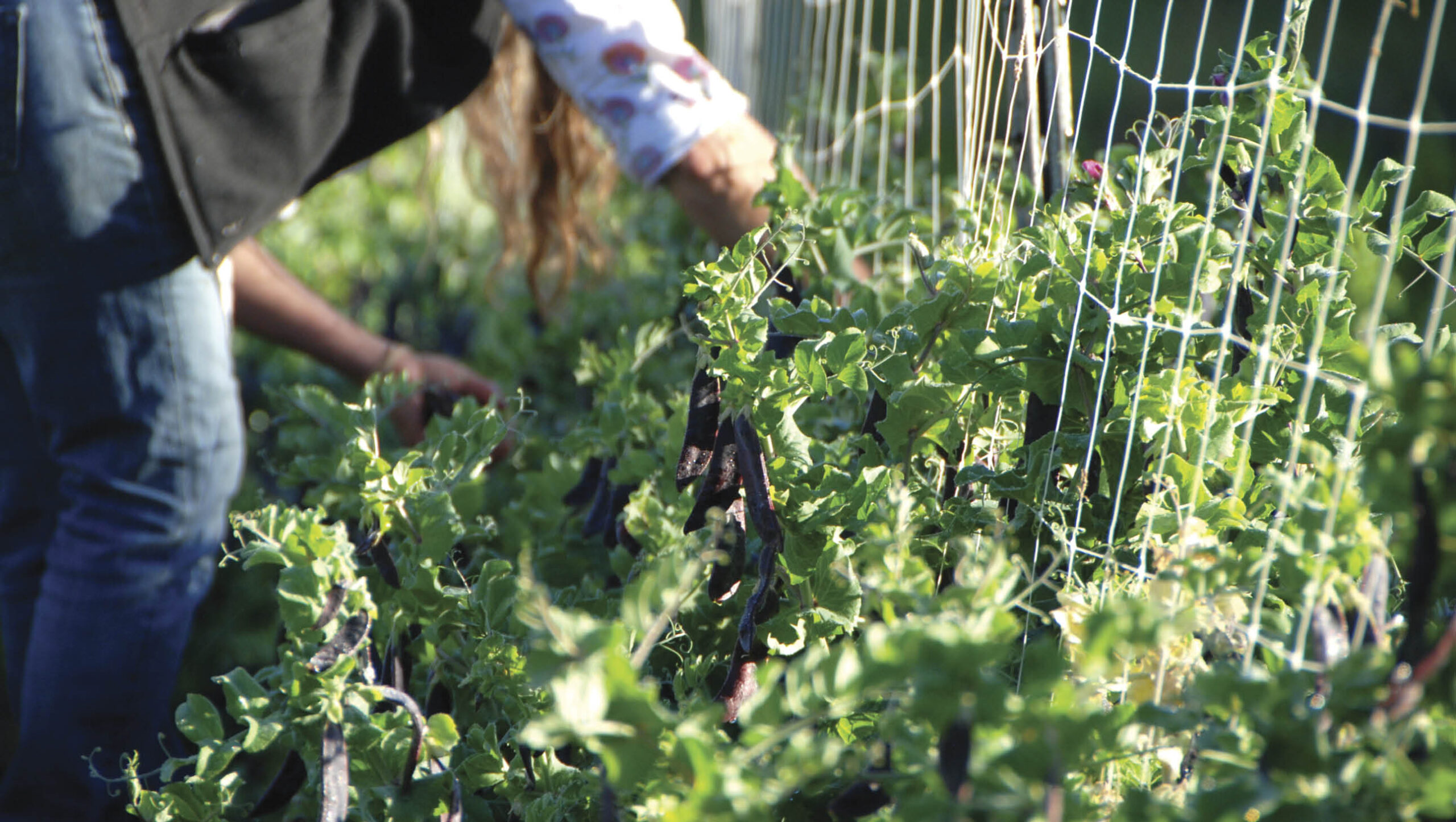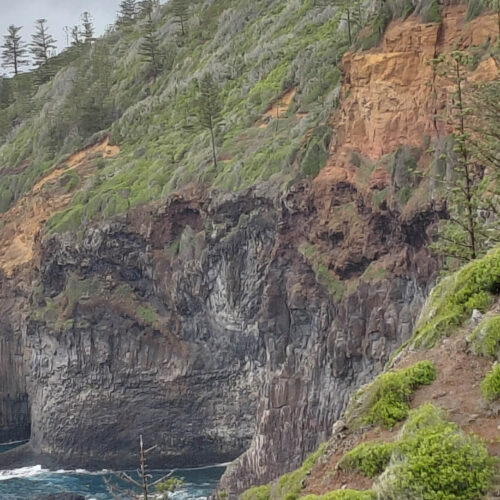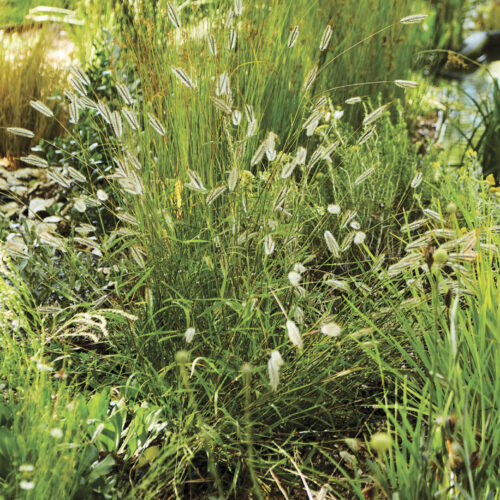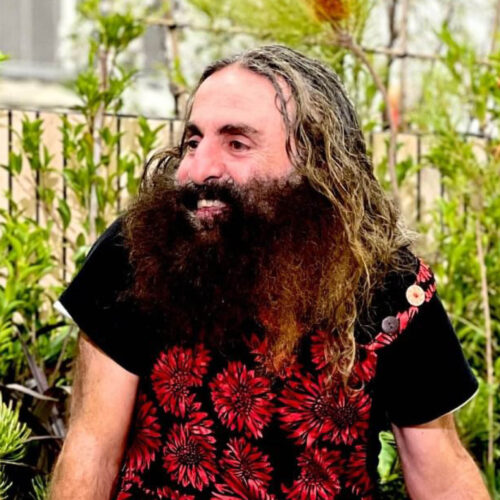Saving seeds for our future
2022-04-27T05:11:18+10:00
Peter Carlyon and Robin Koster-Carlyon share how they changed their organic farm into a thriving seed-growing enterprise.
When Robin Koster-Carlyon and Peter Carlyon started farming their property 14 years ago, they were aiming to grow organic food with the very best flavour, so kept trialling different and interesting heirlooms, including new vegies developed through traditional breeding.
Growing organically and biodynamically, they knew the mineral and nutritional content of their food would be good but they also noticed some varieties were just intrinsically more flavoursome. They also realised that crops from seed bought from the Northern Hemisphere often didn’t thrive.
“They didn’t like the long days, the intensity of the sun, and couldn’t stand consecutive days over 35 degrees celsius,” Robin says. “We gradually became more aware of the seed we sourced and its effect on the reliability of the crop.”
Reliability was especially important when growing for restaurants – they needed crops that didn’t bolt to seed after a string of days over 30ºC. One year they planted Northern Hemisphere ‘Reine d’ Glaces’ lettuce seed but nearly everything bolted.
“We collected the seeds from the good ones (that didn’t bolt) and planted it out the following year, and the year after,” Peter says.
They ended up with a lettuce that could make it through 10 days of extreme heat, rather than going to seed after the first day.
At the same time, Robin noticed that for a lot of their trial crops, one in five plants didn’t grow true to type.
“You had all this wasted space and effort,” she says.
The big change
Peter and Robin had slowly been moving into more seed production but with the size restrictions on their small property they did not have the space nor the isolation to grow more seeds and continue with the CSA. Like lots of other businesses, the pandemic had a big impact. Their CSA farm pick-up had to change to boxes being delivered and the restaurants all shut.
“We looked at each other and agreed that it was a clear sign to just get on and start the seed business we had been talking about for the previous three years,” Peter says.
Before coming to Australia Robin worked as a gardener and landscaper in the US, and she says Australia was a real surprise.
“I have never experienced light like we have here in Australia,” she says. “It’s intense, and plants really respond to that.
“With careful selection, we started to create generations of seed that were adapted to this light. We’re also only choosing seed from the plants that deal with heat well. That’s climate adaptation.”
The soil connection
Robin says living soil, and plants that thrive in this soil, are a system.
“A plant that is fully photosynthesising, chooses what secretions to emit from its roots to attract different minerals,” she says. “It’s in control of its own health. That’s another genetic feature passed on. Also, if a plant is really balanced and healthy it has a natural immunity. As an organic or biodynamic grower, you have stronger plants that are already adapted to your low-input conditions.”
Seed is always collected from the strongest, most resilient and healthy plants.
“We know that when we put the seeds back in the following year, we are a step ahead. Eventually it gets easier,” Robin says. “In contrast, conventional seed crops are some of the most heavily sprayed because they have to get that plant through its whole life cycle, all the way through to seed production.”
Sourcing seed:
The ultimate for organic gardeners is to source locally grown and organic or biodynamically certified seed. This is not always easy. While we have many excellent Australian seed sellers, where their seed comes from is not always made clear. Neither is its organic status.
We suggest you check seller websites or call and ask for more detail if information is lacking.
The difficulty for small growers of open-pollinated seed is economy of scale, which is one reason so much is imported.
A few Australian seed sellers grow all their own seed, but not all of these are listed as organic. Also, some organic seed sellers don’t declare on their website where the seed comes from.
Getting both locally-grown and organic seed is difficult. Transition Farm is one, while Greenpatch Seeds (greenpatchseeds.com.au) grows most on site or nearby, and all is certified organic. In other cases, such as Seed Freaks (seedfreaks.com.au) or Heirloom Harvest (heirloomharvest.com.au), most is grown on site with organic methods but certification has not been sought.
The story from Transition Farm and their seed-saving enterprise featured in our Autumn 2022 issue (OG 132).







